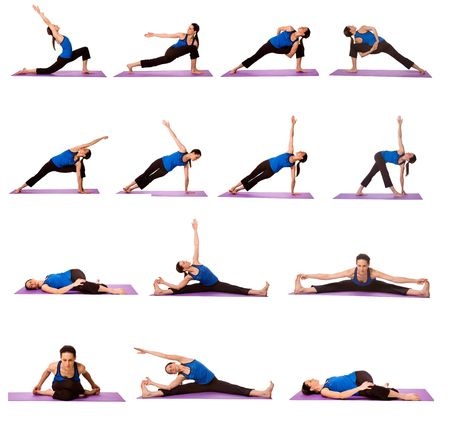by Wayne Still
 The founder of Structural Integration, Ida P Rolf PhD, began to practice yoga in the 1920s while she was a research scientist at the Rockefeller Institute. This was decades before the practice of yoga came to be as widely known and accepted as it is today. Through its practice Dr Rolf gained an understanding of body dynamics particularly as it related to developing balance in the body and its fluidity of movement. In addition she learned how important it was for the body to be able to breathe freely if it was to have that balance and fluidity. These insights greatly informed the development of her lifes work.
The founder of Structural Integration, Ida P Rolf PhD, began to practice yoga in the 1920s while she was a research scientist at the Rockefeller Institute. This was decades before the practice of yoga came to be as widely known and accepted as it is today. Through its practice Dr Rolf gained an understanding of body dynamics particularly as it related to developing balance in the body and its fluidity of movement. In addition she learned how important it was for the body to be able to breathe freely if it was to have that balance and fluidity. These insights greatly informed the development of her lifes work.
When we first begin to learn yoga we have to learn to control our breathing so as to move more deeply into an asana. Similarly in the first session of a ten series the focus is on freeing up the rib cage to allow the client to breathe more deeply. This achieves two things; it improves the vital capacity of the body, it also helps the client to breathe into the area which is being worked. This is important since the action of breathing helps to stretch the tissue and for the body to remember how it feels to have made that change.
Perhaps though it is in achieving balance in the body that the two disciplines have the most in common. Yoga asanas always seek to achieve balance in the body whether it be side to side or top to bottom. So we repeat the movement on either side trying to get the same stretch if it is that sort of pose. In the body lengthening asanas we try to get both sides of the body to extend by the same amount.Achieving balance on both sides of the body is fundamental to the goals of SI work. An unbalanced body is often a body which is in pain as it tries to co-ordinate its movements or remain upright in the field of gravity. In either case it will be using much more energy than would be needed if the imbalance were not there. By lengthening the shortened connective tissue which is creating the imbalance we are able to bring the body back into a harmonious relationship with gravity and itself. Here though is where there is a major difference between the practice of yoga and the effects of SI work. Connective tissue has a memory like an elastic band and will return to its original length after being stretched. So no matter how much we do yoga, basic imbalances will remain, they may not get worse but neither will they markedly improve. With SI work the practitioner applies pressure to a constricted area to mechanically lengthen the tissue. Often the pressure will be combined with a movement by the client to inform their body of the new position of the tissue. This will change the memory and the tissue will hold its new length to create lasting change.
Yoga teachers and students who have experienced SI work report that they are able to move more easily into their asanas and are able to find greater balance when they practice. The two disciplines are very complementary.
